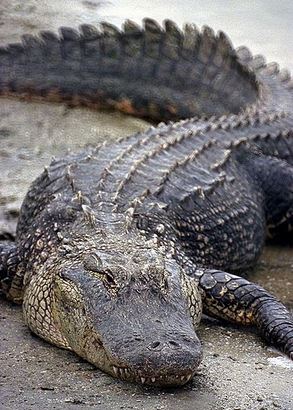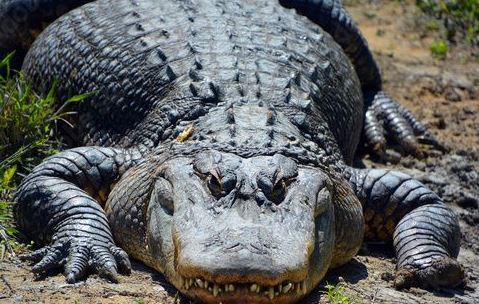The Alligatoridae family encompasses some of the most fascinating reptiles on Earth—alligators and caimans. These creatures, known for their powerful jaws and formidable presence, play a crucial role in their ecosystems. This article delves into the world of Alligatoridae, exploring their biology, habitat, behavior, and conservation status.
What is Alligatoridae?
Alligatoridae is a family of reptiles that includes alligators and caimans. This family is part of the order Crocodylia, which also includes crocodiles and gharials. Alligatoridae is divided into two subfamilies:
- Alligatorinae: This subfamily includes the American alligator (Alligator mississippiensis) and the Chinese alligator (Alligator sinensis).
- Caimaninae: This subfamily consists of various species of caimans, including the spectacled caiman (Caiman crocodilus), the Yacare caiman (Caiman yacare), and the black caiman (Melanosuchus niger).
Physical Characteristics
Alligators and caimans share several physical traits that make them well-adapted to their environments:
- Robust Build: They have a sturdy, muscular build with a broad, flattened snout. This build supports their powerful jaws and allows them to ambush prey effectively.
- Scales and Armor: Their skin is covered with tough, bony plates called scutes, which provide protection and contribute to their impressive strength.
- Eyes and Ears: Positioned on the top of their heads, their eyes and ears allow them to see and hear while mostly submerged in water.
Habitat and Distribution
- American Alligator: Native to the southeastern United States, the American alligator thrives in freshwater environments such as swamps, marshes, and rivers.
- Chinese Alligator: Found in eastern China, this species prefers slow-moving rivers and swampy areas. It is less common and more endangered compared to its American counterpart.
- Caimans: These reptiles are primarily distributed throughout Central and South America, with species adapting to a range of habitats from freshwater rivers to marshes and swamps.
Behavior and Diet
- Ambush Predators: Alligators and caimans are expert ambush predators. They lie in wait for prey to come close before striking with incredible speed.
- Diet: Their diet varies based on size and habitat. Smaller alligators and caimans may eat insects and small fish, while larger individuals can prey on birds, mammals, and even other reptiles.
- Social Behavior: Alligators are generally solitary but can be found in groups during mating season or in areas with abundant food. Caimans exhibit a range of social behaviors, from solitary to group living, depending on the species.

Reproduction and Lifespan
- Breeding: Alligators and caimans typically breed in the spring or summer. They build nests from vegetation and lay clutches of eggs. The temperature of the nest determines the sex of the hatchlings—warmer temperatures generally produce males.
- Lifespan: In the wild, alligators can live up to 35-50 years, while caimans have varying lifespans depending on the species, with some living up to 30 years.
Conservation Status
- American Alligator: Once listed as an endangered species, the American alligator has made a significant recovery due to conservation efforts and is now considered of “Least Concern.”
- Chinese Alligator: This species is critically endangered, with only a few hundred individuals remaining in the wild due to habitat loss and environmental changes.
- Caimans: Conservation statuses vary among caiman species. While some are stable, others, like the black caiman, are threatened by habitat loss and hunting.
Importance to Ecosystems
Alligators and caimans play vital roles in their ecosystems. They help control fish populations, create habitats for other wildlife by digging and maintaining wetlands, and contribute to the overall health of their environments. Their presence indicates a well-balanced ecosystem, and their decline can signal broader environmental issues.
Fun Facts About Alligatoridae
- Temperature-Dependent Sex Determination: The sex of alligator and caiman hatchlings is determined by the temperature of the nest. Cooler temperatures generally produce females, while warmer temperatures produce males.
- Alligator Communication: Alligators use a variety of sounds, including growls, roars, and bellows, to communicate with each other. These vocalizations can help them establish territory and attract mates.
Alligatoridae, encompassing alligators and caimans, are remarkable reptiles with a significant impact on their habitats. Understanding their biology, behavior, and conservation needs is crucial for ensuring their survival and maintaining the health of the ecosystems they inhabit. By learning more about these ancient predators, we can appreciate their role in the natural world and support efforts to protect them for future generations.
